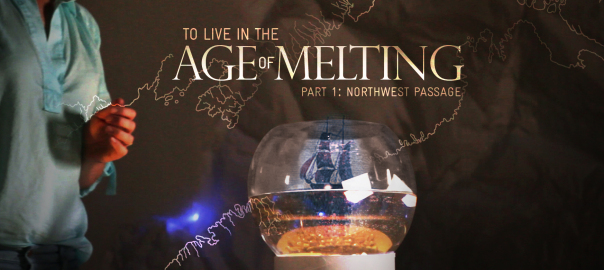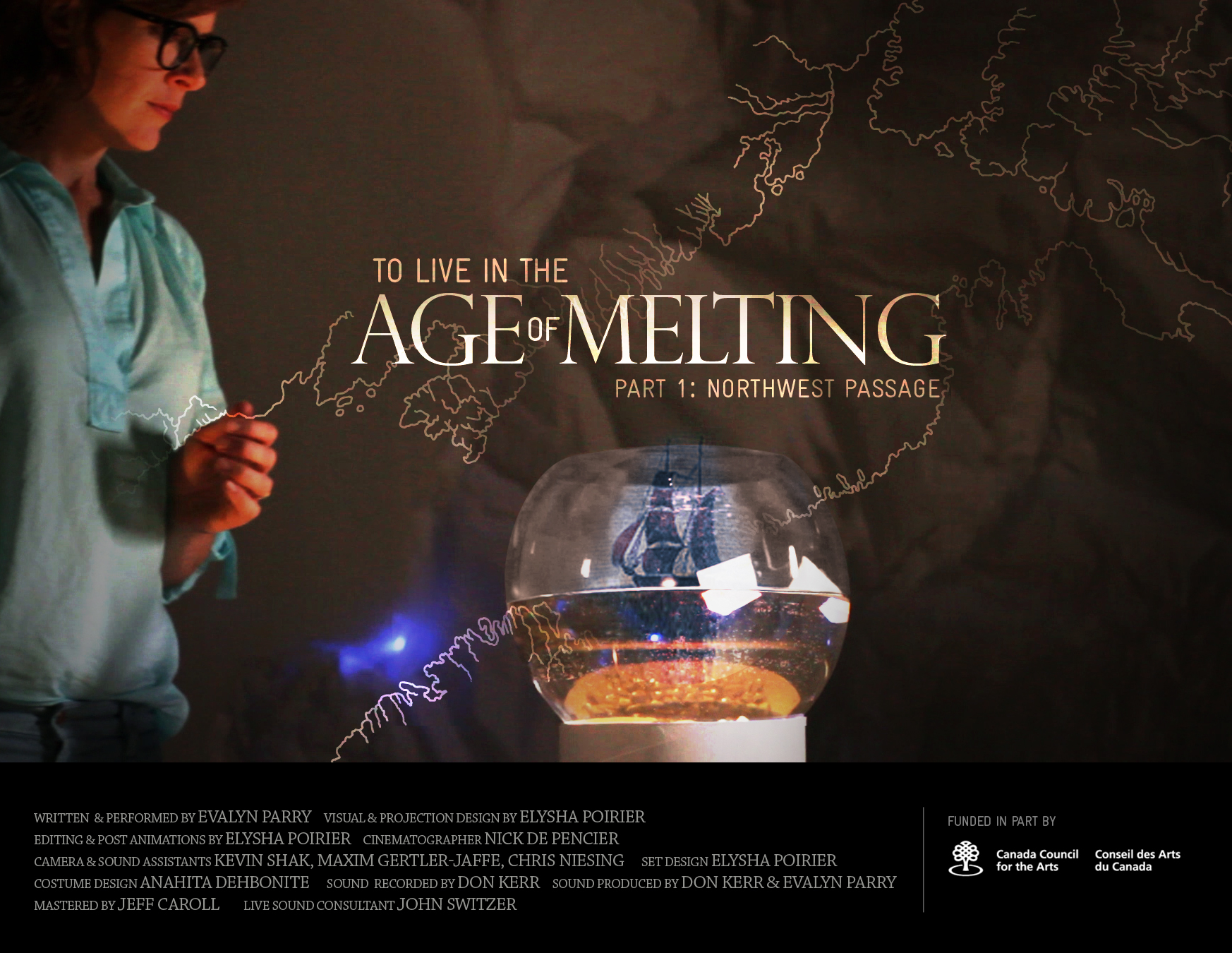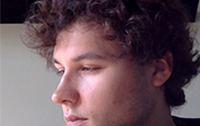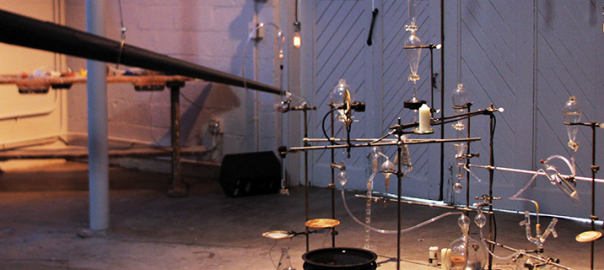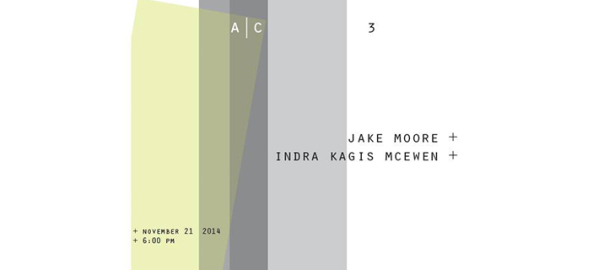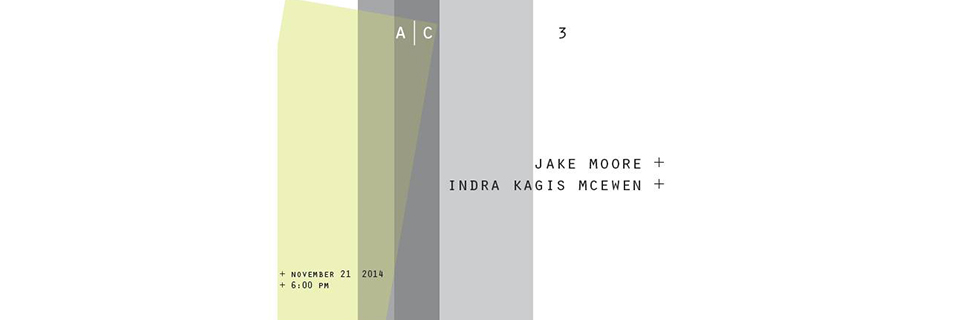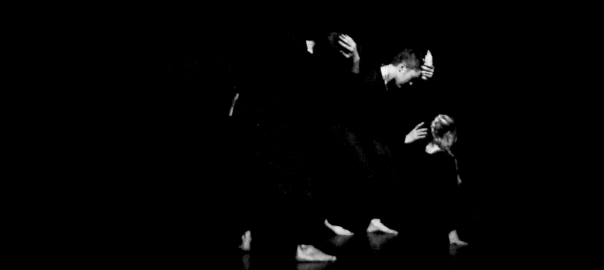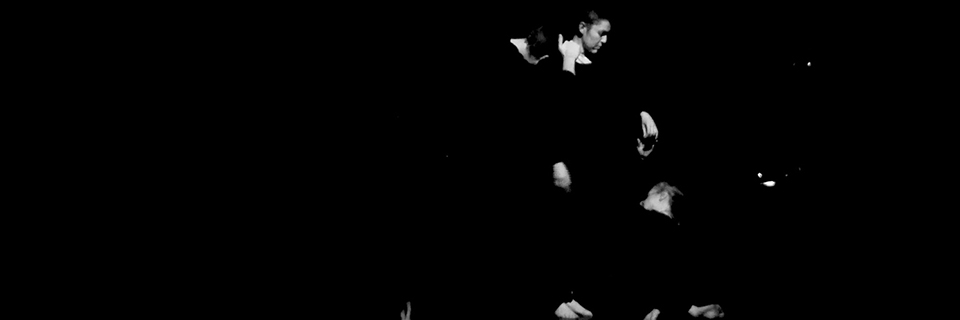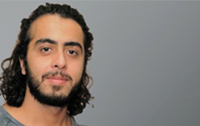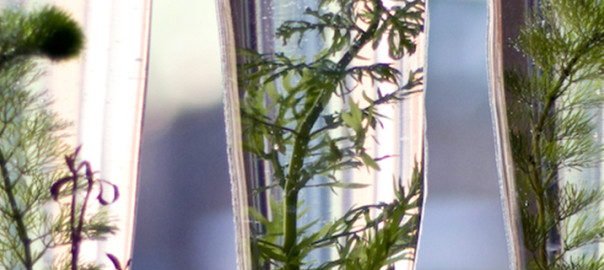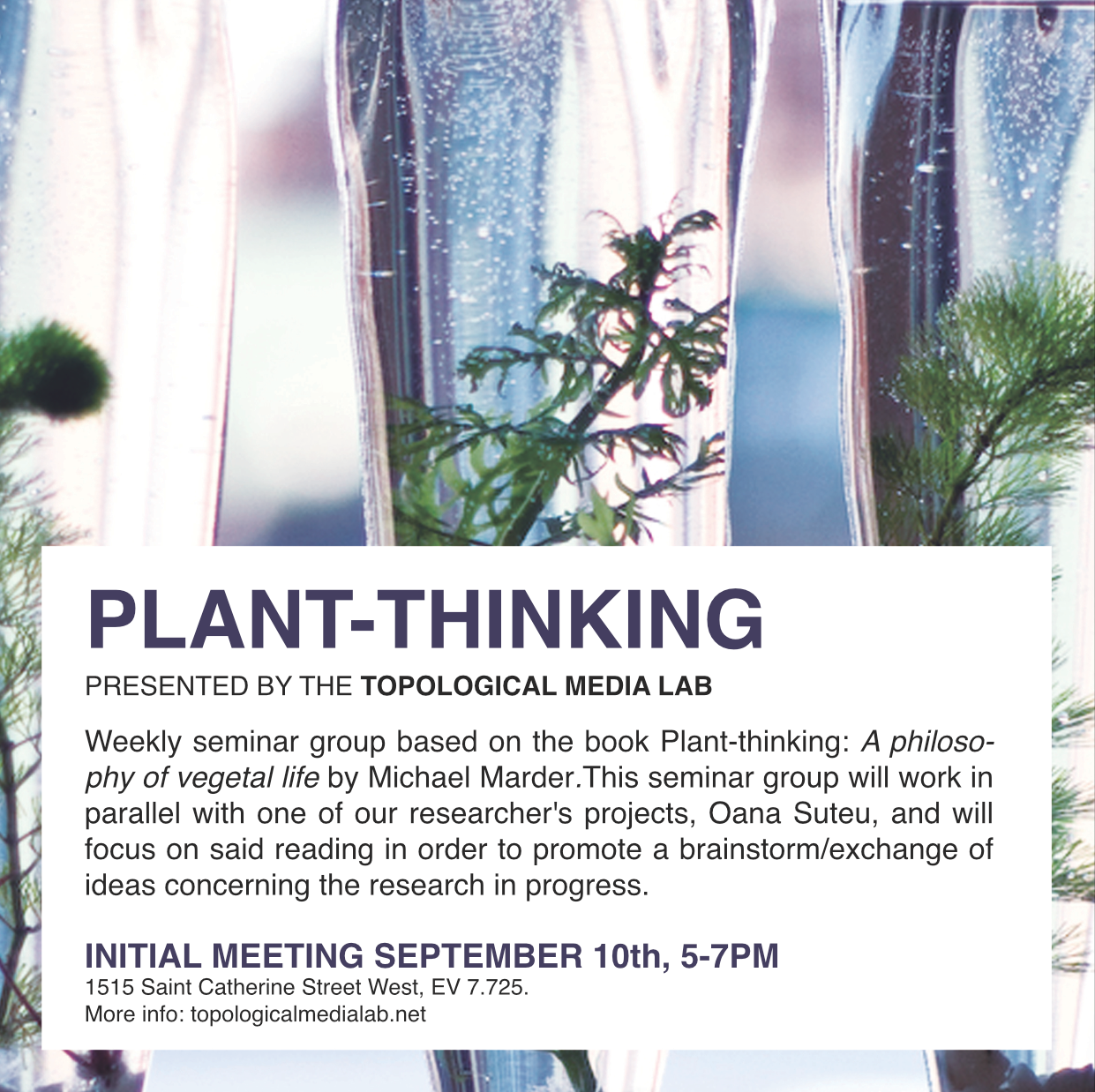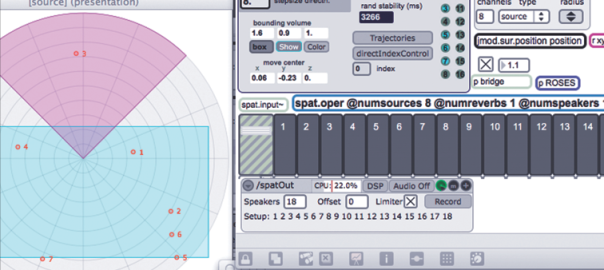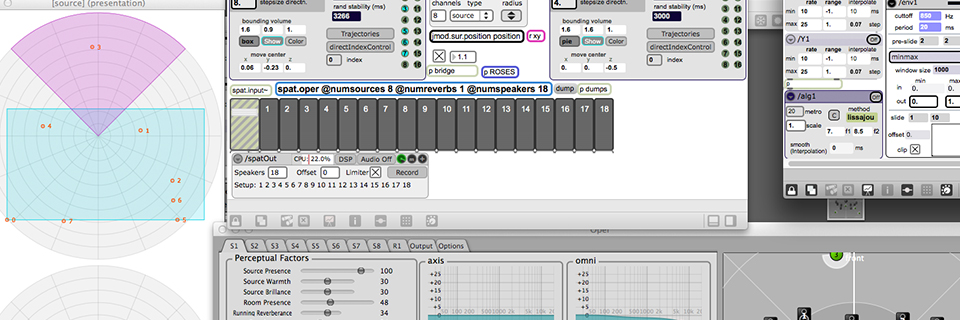
<- Back to Plant-thinking Seminar page
weekly notes prepared by Dan Landerville and Xin Wei for Marder’s Plant-Thinking reading
week 2 _ Nov. 14th. Introduction and Chapter 1
Scouting Ahead: wayposts (from XIN WEI )
Introduction (p 1 – 13)
p 3
How is it possible for us to encounter (desencontro p 13) the plant, without schematizing it into insignificance or fetishizing it?
p 4
The problem with nominalist and conceptualist approaches.
I think Marder’s critique of conceptualism will require more unpacking.
p 7
Hermeneutical phenomenology, Deconstruction, Weak Thought
Chapter 1 (p 17 – 53)
p 20-21
Fichte: plants exhibit first principle of movement in nature, a passive principle.
p 24
lack of telos
plants’ purported deficiency w/r animals, hiddenness (Aristotle)
p 35, 37
production of meaning
“sens”: meaning & direction
p 40,41
desire
p 50-53
identity, difference
reproduction, repetition, multiplicity
the plant … has no identity of its own
living-with
Scouting Ahead: Notes re. Introduction (from Dan Landerville)
Listening for resonances in Marder’s intro with Xin Wei’s intention to bracket “human” while exploring
how there is a ‘living-with’ plant, I’ve tried to trace trails through the three traditions Marder draws
upon, in light of problems our investigations may encounter (i.e., anthropocentricm, intstrumentalism,
ontological bifurcations…).
Phenomenology – at its limits
On limits: Marder on the abyss and not-having world
Why take phenomenology to its limits? The problems of the constituting subjectivity as condition
of possibility for having-world remain within the Heideggarian phenomenological method. (If we’re
bracketing “human” – or, the only kind of being in Heideggarian ontology with access to the mode of
eksistence endogenous to Dasein – then how can we describe… anything?)
Example: Heidegger’s Fundamental Concepts of Metaphysics
Dasein is world-forming, Animality is captivated, i.e., does not have world, and Hd skips over plant life to
talk instead about the stone. (I’d find a plum paragraph)
Deconstruction:
Derrida tracks the problem of having-world as condition of possibility of meaningful existence (within
Western metaphysics), in the Animal That Therefore I am. Interrogating how to approach the abyssal
difference of non-human animals, the Derridean hypothesis of limitrophy’s productivity – as method
through which to explore the “foliated” limit that multiplies, propagates, and feeds on itself (so many
plant metaphors in thinking/writing) – germinates in Plant-thinking quadratic senses (Marder, 10).
Why is limitrophy important? It un-grounds the stability of phenomenology’s constituting subjectivity,
who problematically – especially in efforts to describe vegetal life/living – is, as the inevitable center of
meaning production and representation, the one who silences the radical singularity of the other that I
intend to describe. Hence deconstruction remembers the metaphysical violence inherent in attempts to
represent alterity and opens a path – perhaps – to dance with the anima of other limits that exceeds the
one I constitute.
Example: Derrida The Animal that therefore I am (More to Follow) 30-31.
Weak Thought:
What the limits of phenomenology and deconstructive limitrophy engender is weak thought –
stemming from an aesthetic receptivity within perception that delays circumscribing meaning. So, in
his investigation of how to describe the plant’s having-world in a non-anthropocentric way, and yet,
unavoidably from the perspective of subjectivity’s being-with the plant, the notion of letting-be crops up
in Marder’s project of describing plant-thinking’s an-archic origins.
Examples of Letting-be
Heidegger’s Being and Time section on Mitsein in the mode of leaping-ahead
Levinas’ problematization: The problem that ‘letting be’ doesn’t solve
Derrida’s weeding of the issues involved in Violence and Metaphysics.
So, with Marder’s triad as our guide… how might we let-be the “barely perceptible motion” (Oana) of
vegetal life?
Time-lapse photography: Movement and the play of Time-scales

